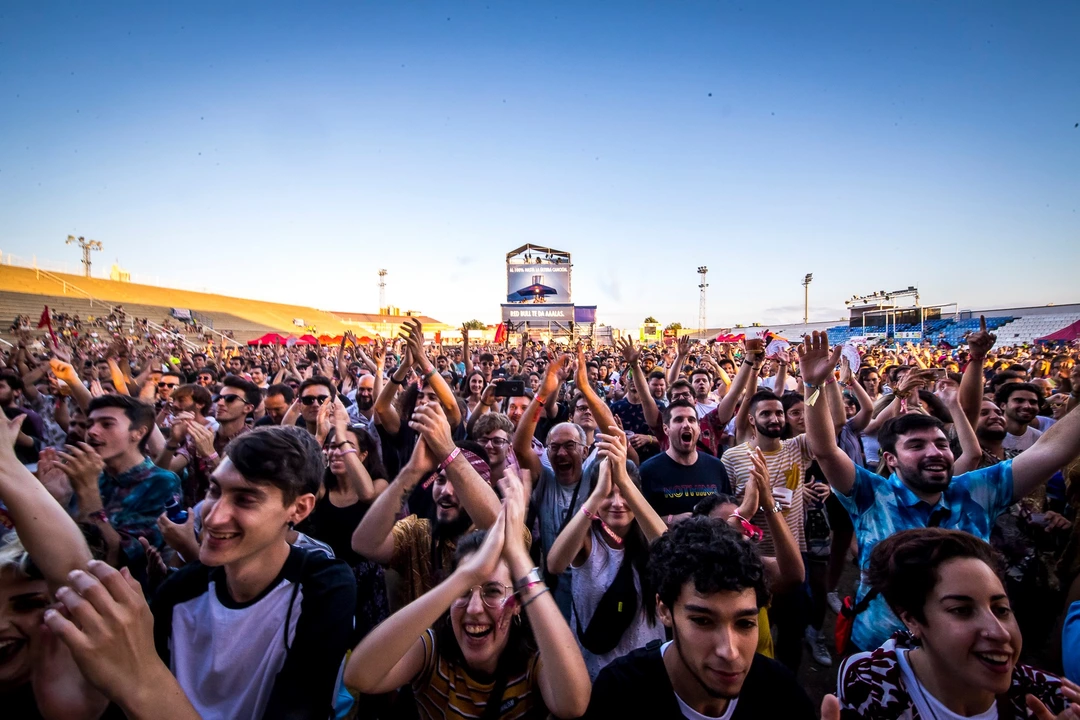Introduction: The Music Festival Pay Gap
As a music festival enthusiast, I've always been curious about the financial aspects of these grand events. One question that always comes to mind is whether headliners, the artists who close out each night with a big performance, always get paid the most. In this article, I'll dive into the world of music festival finances and explore various factors that can influence an artist's paycheck. We'll take a closer look at headliners, their importance in drawing crowds, and if they always take home the largest earnings from a music festival.
The Role of Headliners in Music Festivals
Music festivals typically feature a diverse lineup of artists, with headliners being the key attraction for many attendees. These artists are usually well-known and have a massive fan following, which makes them a major draw for ticket sales. Their performances generate buzz and excitement, both in the lead-up to the festival and during the event itself. In many cases, a festival's success can be directly correlated to the strength of its headlining acts.
But do these artists always get paid the most? There are several factors to consider when determining an artist's earnings at a music festival, and being a headliner is just one of them. So, let's take a closer look at the different factors that can influence an artist's paycheck.
Factors Affecting an Artist's Earnings at Music Festivals
While it's true that headliners often command higher fees due to their ability to draw large crowds, there are several other factors at play that can influence an artist's earnings at a music festival. Some of these factors include:
1. Popularity and Fanbase
An artist's popularity and fanbase play a significant role in determining their earnings. A headliner with a smaller but dedicated fanbase may not earn as much as a non-headlining artist with a broader appeal. This is because music festivals want to attract as many attendees as possible and may be willing to pay a premium for artists who can bring in a wider audience.
2. Genre and Target Audience
The genre of music an artist performs and the target audience of the festival can also impact an artist's earnings. For example, an electronic dance music (EDM) headliner at an EDM-focused festival may command a higher fee compared to a rock headliner at the same event. This is because the EDM artist's music is more aligned with the festival's target audience, making them a more valuable addition to the lineup.
3. Touring and Availability
Artists who are on tour or have limited availability may be able to negotiate higher fees for their festival appearances. This is because their presence at a festival can be seen as a rare opportunity for fans to catch them live, adding to the overall appeal of the event.
4. Production and Performance Requirements
Another factor that can impact an artist's earnings is the production and performance requirements needed for their set. A headliner with an elaborate stage setup and a lengthy performance may require a larger budget compared to a non-headlining artist with a simple setup and shorter set. As a result, the headliner may earn more due to the additional production costs associated with their performance.
Notable Cases of Non-Headliners Earning More
There have been instances where non-headliners have reportedly earned more than headliners at music festivals. One famous example is the 2017 Coachella festival, where it was reported that Travis Scott, a non-headlining act, earned more than headliner Radiohead. This was attributed to Travis Scott's rising popularity at the time, as well as his ability to attract a younger audience to the festival.
Another example is the 2015 Bonnaroo festival, where it was rumored that rapper Kendrick Lamar, a non-headliner, earned more than headliner Billy Joel. Again, this can be attributed to factors such as popularity and fanbase, with Kendrick Lamar drawing a larger and more diverse crowd compared to Billy Joel.
Headliners vs. Non-Headliners: The Earnings Debate
While it's true that headliners often command higher fees due to their ability to draw large crowds, there are several other factors at play that can influence an artist's earnings at a music festival. These factors can sometimes lead to non-headliners earning more than headliners, as seen in the examples mentioned above.
Ultimately, the question of whether headliners always get paid the most at music festivals is not a straightforward one. Factors such as popularity, genre, availability, and production requirements can all impact an artist's earnings, regardless of their position on the festival lineup.
Conclusion: A Complex Financial Landscape
In conclusion, the world of music festival finances is complex and multifaceted. Headliners, while often earning top dollar due to their crowd-drawing abilities, do not always take home the largest paychecks. Factors such as popularity, genre, availability, and production requirements can all play a role in determining an artist's earnings, making it difficult to generalize about the financial breakdown of music festival lineups.
As a music festival enthusiast, I find it fascinating to learn about the intricacies of these events and the factors that contribute to their success. The next time you attend a music festival, take a moment to appreciate not only the headliners but also the lesser-known artists who help make these events the incredible experiences that they are.
